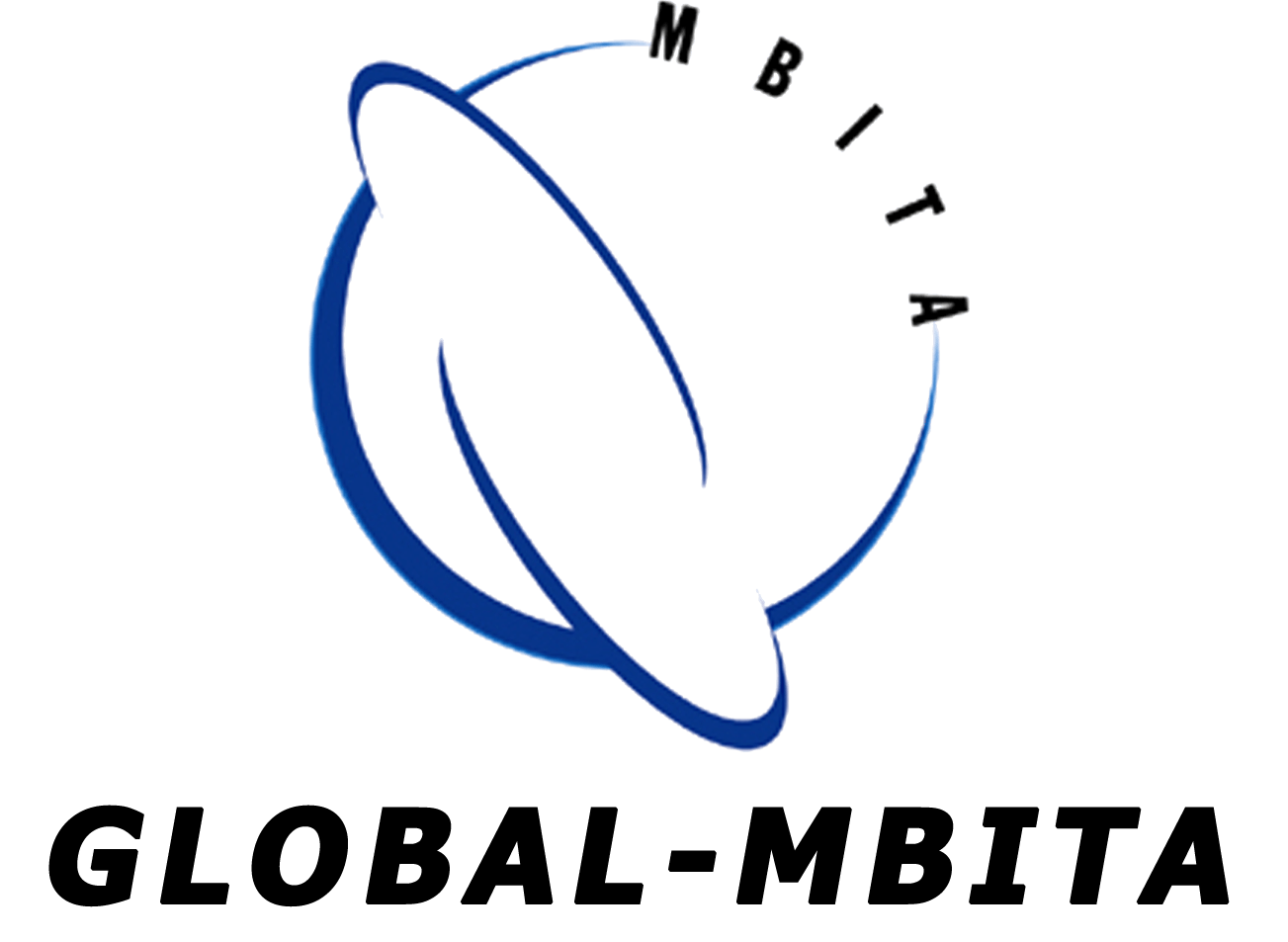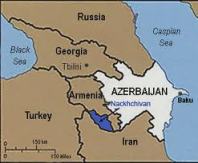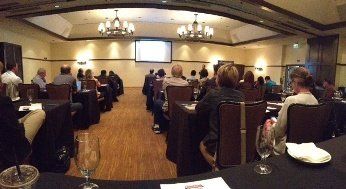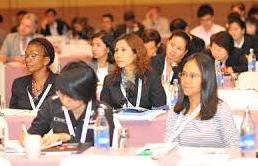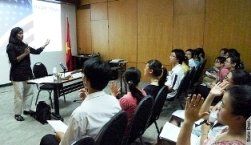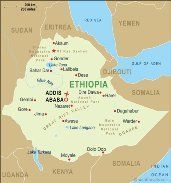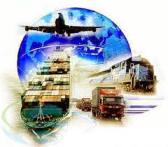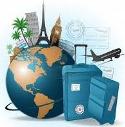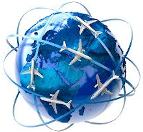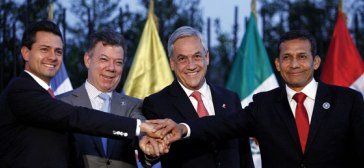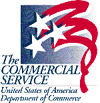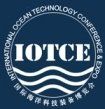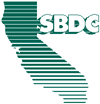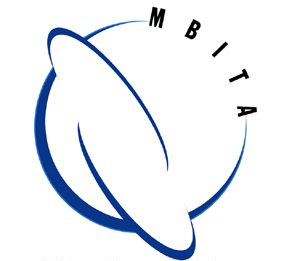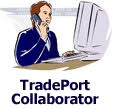UPDATE
The issue features new members from the country of Azerbaijan and one of the longest-standing and leading transportation private consulting firms in the U.S. It also features selected articles from thought leaders from around the country in export marketing, trade finance and 'branding'.
President
Tony Livoti
MBITA
Vice President
Shay Adams
AIM Medical Sales
Members
Dr. Edward Valeau
Els Group LLC
Hartnell College
President Emeritus
Marcelo Siero
IdeasSiero
Jim Faith
Jim Faith & Associates
Cristina Polesel
MBITA
General Manager
This newsletter has been created by MBITA's editor
Cristina Polesel
cristina@mbita.org
MBITA New Member Azerbaijan Export and Investment Promotion Foundation (AZPROMO)
AZPROMO's activity in the United States is two-fold:
- Export Promotion. AZPROMO's objective is to enhance Azerbaijan's image as an efficient producer and exporter of a wide variety of goods and services. In order to increase Azerbaijan's export potential, our team provides business advisory and support services to export-oriented Azerbaijani companies in market entry to the United States, including relevant regulations compliance, labeling and packaging review, assistance in shipping and customs clearance, warehousing, as well as assistance in location and acquisition of food processing, packaging and labeling equipments from manufacturers and suppliers in the United States.
- Investment Promotion. AZPROMO's objective is to attract US investments into Azerbaijan via promoting Azerbaijan as favorable investment destination in the region, making specific country presentations, providing prospective investors with information on priority investment areas and certain investment projects in Azerbaijan.
We encourage you to discover what Azerbaijan is and learn more about the opportunities of doing business with Azerbaijan through our dynamic organization!
Founded in 1981, Transmetrics, Inc. is a civil engineering firm specializing in the design of roadways, railways, ports and harbors. Based in Campbell, California, the firm has also expanded its services to include medical facilities, schools, and the relocation of the major utilities.
Transmetrics has built its reputation on quality products and high performance reliability. While the firm is certified as a small business enterprise, it is one of the most respected small firms in the U.S. transportation industry. The President and founder of the firm is Jack Ybarra who has built a diverse group of technical specialists and has associated the firm with several large international firms such as Geodata S.p.A of Turin, Italy.
As of June 1, 2013, Transmetrics has become the U.S. representative for Geodata, the designer of the giant Bioceanico Aconcagua tunnel linking Chile with Argentina through the Andes Mountains. Among the services Transmetrics provides is the design of light, heavy, commuter, intercity, and high speed railways.
The firm is currently assisting with the oversight of the BART extension into the city of San Jose for Federal Transit Administration. Transmetrics past work includes railways in San Diego, Los Angeles, San Jose, and now the California High Speed Rail Project.
Sub Sahara Africa (SSA) THE RIGHT MOVE NOW
By MBITA Member The Outback Company
California Promotes Wine Exports in Solvang, CA
By MBITA Member Elias Salo Wine Associates
When I set out to grow my business I established three phases that would serve as my success road map. Industry event attendance and networking is a key piece of the first phase.
On June 20th I attended the Exciting Export Opportunities for California Wine & Gourmet Food Products conference in Solvang, presented by Trade Connect and the Port of Los Angeles.
This event was a great networking opportunity and allowed me to make several connections that will be key sources of information in growing my business.
One of the panel discussions was about the importance of working with a good freight forwarder that has product familiarity, a history in specific niche markets, and established relationships in overseas markets. Playing off of their experience will help streamline the complex and rapidly changing trade process.
Julia Son, marketing manager for the Hong Kong Trade Development Council, explained how the demand for imported wines increased by 66% from 2006-2011. When I explained my plan to increase the visibility of Monterey Bay wines she confirmed that most foreign markets know California wine only by Napa and Sonoma and that education is needed to show these markets the uniqueness and high quality of Monterey Bay wines.
In the near term, building my network and participating in industry events will be paramount in defining my brand. Following that, identifying and connecting the key parties to create mutually beneficial relationships will bring the vision to life.
Contact:
Elias Salo
Principal
Elias Salo Wine Associates
Tel. (831) 566-4248
Email: salo_elias@yahoo.com
Ayse's Corner
Ayse's Corner is a feature column of the World TradeWinds eZine'. Ayse Oge is a published author and global trade marketing expert and author of Emerging Markets.
International Trade Education Matters
MBITA's finance column features articles from the experts in TRADE FINANCE for exports.
Getting Paid by Your Latin American Buyer
Payment Terms and Financing Options to Maximize Sales While Protecting Against Nonpayment
Year-to-Date U.S. Travel and Tourism Exports Contribute $57.9 Billion to the U.S. Economy
Learn more about this case.
Working closely with U.S. companies, ITA creates, expands, and defends market access for U.S. goods and services overseas through the Trade Agreements Compliance Program. "We promote policy that develops a more favorable business climate for U.S. companies in global markets; we employ commercial diplomacy to resolve trade barriers; and we leverage our bilateral and multilateral trade agreements to ensure our trading partners live up to their commitments so that our businesses can compete on a level-playing field." - Assistant Secretary for Market Access and Compliance, Michael C. Camunez.
If you have encountered a trade barrier you can report it to the Trade Compliance Center.
Learn more about the Trade Agreements Compliance Program.
Other Global Trade News
Building Your International Brand
By Becky DeStigter, International Business Training (IBT)
There are several factors to consider as you move forward in your international brand's development.
- Start with consistency
- Ending In-Country Relationships on a Good Note
- Invest in Local Corporate Responsibility
- Protecting Your Trademarks, Copyrights and Patents
Read full article.
The Pacific Alliance: Market-friendly Integration
By Ryan Dube, Latintrade.com
While the Pacific Alliance involving Mexico, Chile, Colombia and Peru has gotten off to a good start, many observers say that grounds for skepticism remain. Will the member countries' pragmatic, market-friendly approach make the difference?
The launch of the Pacific Alliance last year revived hopes that a Latin American project may finally be successful in promoting economic integration and free trade, while deepening ties with China and other fast-growing Asian countries. But though the four-country alliance has gotten off to a good start, many observers say there are still grounds for skepticism.
Other Latin American integration efforts have met obstacles despite starting off with similar optimism. Mercosur was formed more than 20 years ago as an ambitious project to create a common market of Argentina, Brazil, Paraguay and Uruguay. Today, analysts believe that Mercosur, which now also includes Venezuela, is at risk of breaking up partially due to increased protectionism.
Authorities from Chile, Colombia, Mexico and Peru - the members of the Pacific Alliance - are confident that their initiative will be different. Their optimism is largely based on the Pacific Alliance's strong foundation.
Unlike some of their Latin American neighbors, the four countries have been firm proponents of market-friendly policies, with each one signing several free trade agreements prior to the Pacific Alliance. Chile, Colombia, Mexico and Peru have also had good compliance records for international commitments in recent years.
"It is an important signal to Latin America, in the sense that regional integration and open markets are the best way to ensure greater volumes of investment, trade, and growth," the Colombian trade minister, Sergio Diaz-Granados, said last year after the alliance was officially created.
In addition, the Pacific Alliance's immediate objectives are more modest than other regional integration efforts. In January, the countries eliminated 90 percent of the tariffs on goods traded among their countries. They have a plan to lift visa requirements in order to facilitate travel, and create an exchange program for university students. Chile, Colombia and Peru have integrated their stock markets, while the Mexican Stock Exchange is expected to join them soon.
"The Pacific Alliance strikes me as more encouraging," said Michael Shifter, the president of the Inter-American Dialogue, a think tank. "They are trying to build a strong integration foundation around very concrete, clear steps and then take it to a higher level."
The main opportunity for the Pacific Alliance will come later on as it pursues its more ambitious objective of boosting commercial ties with Asia. The countries could look to strike a free trade agreement with regional groups like the Association of Southeast Asian Nations. Asean, as the group is known, is made up of 10 countries, including Indonesia, Singapore and Vietnam.
Read full article.
Sponsors, Partners, & Affiliates
